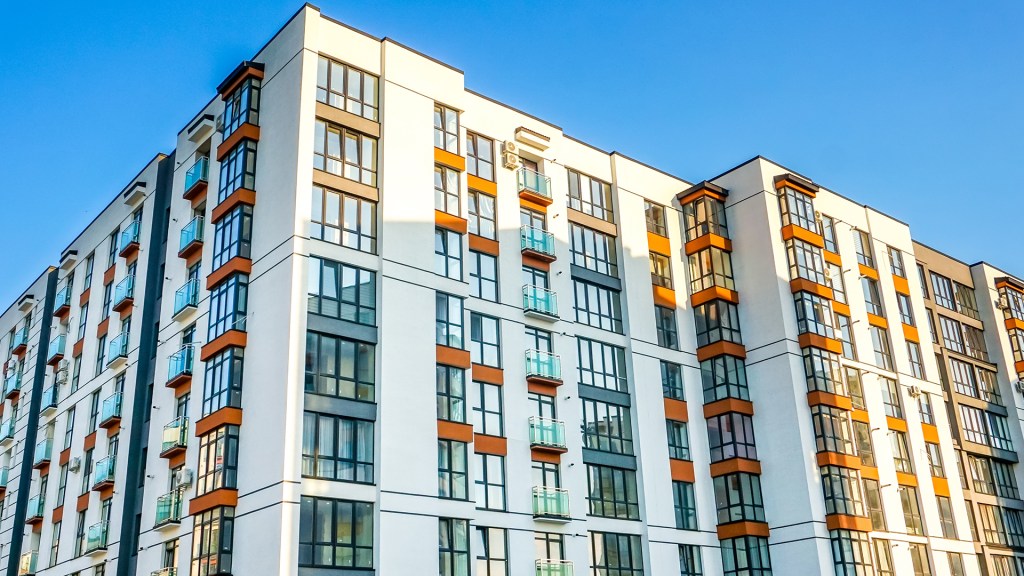By Erica Rascón on October 2, 2017 in News
Yardi Matrix reports another strong summer for the multifamily real estate sect or. The fundamentals were downgraded from “great” to “consistently good” but several factors suggest continued, healthy performance.
or. The fundamentals were downgraded from “great” to “consistently good” but several factors suggest continued, healthy performance.
Even rapid development in some of the nation’s hottest markets has slowed to a more sustainable pace due to construction labor shortages. The shortages may have longer-lasting effects due to disaster recovery efforts throughout the United States.
Rents
For the last year-and-a-half, rent growth as gently declined as rents inched upward. The rent growth deceleration may be drawing to an end, though, as the supply boom reaches it apex.
National average rents increased by 2.4% on a year-over-year basis in August, yet are down from 4.6% at this time last year.
Deliveries are not manifesting as quickly as previously anticipated, which should moderate rent increases.
The long-term outlook for multifamily seems promising due to favorable fundamentals and demographic trends: Millennials are forming households, wage growth remains solid, and the economy is relatively healthy.
Hottest Markets
The hottest metros for rent growth are still secondary markets that are lagging on supply. Tacoma (8.1 percent), Sacramento (7.7 percent), Colorado Springs (7.6 percent) and the Inland Empire (4.3 percent) are four of the fastest growing markets yet they’re only estimated to increase stock by 1 percent this year.
These markets benefit from their proximity to larger markets such as Seattle, the Bay Area, Denver and Southern California. They enjoy vigorous employment growth and popularity with Millennials. The young renters look forward to the areas’ desirable lifestyles with lower costs.
There are always exceptions. Seattle faced 5.9 percent rent growth regardless of the surge in supply. Analysts are exploring the connection between rents and the city’s increased minimum wage. Minimum wage increased from $9.47 in 2015 to $13.
Nashville is another exception with .9 percent rent growth. It’s a steep drop from the 6 percent rent growth seen last year. Analysts contribute the quick supply response—a 10 percent increase in stock in less than two years– to the drop in rent growth.
Supply
Though the uptick in luxury unit construction threatened to decelerate rent growth, deliveries have proven to be more modest. The labor shortage surfaces as a culprit among other factors. Supply is on the way, though at a slower pace than anticipated. About 480, 000 units are under construction.
Many project completions are being pushed back to 2018. Analysts estimate that supply will level out in 2019. National occupancy rates hover above 95 percent, signaling quick absorption of the new construction. In the meantime, the slow down in production may bolster rent growth in markets with decelerating rents.
The markets with the most forecast completions as a percentage of existing stock include Charleston (5.8 percent), Denver (5.4 percent) and Nashville (5.4 percent).
Capital Market
Real estate capital markets remain healthy. Equity capital is supplied in a steady stream, largely from outside of the US. Bidding has become less aggressive though the process continues to thrive.
Government-sponsored enterprises such as Fannie Mae and Freddie Mac are in limbo. Both organizations are on pace for a record year in 2017. Their funding was up for debate before year-end but more pressing issues will likely push back any negotiations until next year.
For more information, download the full Yardi Matrix report.


